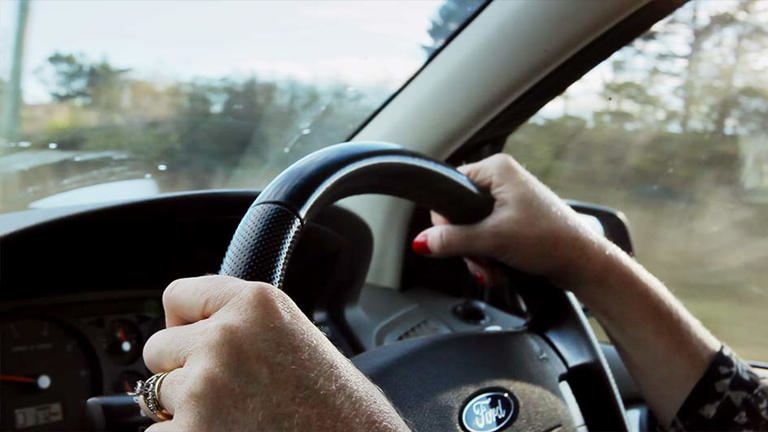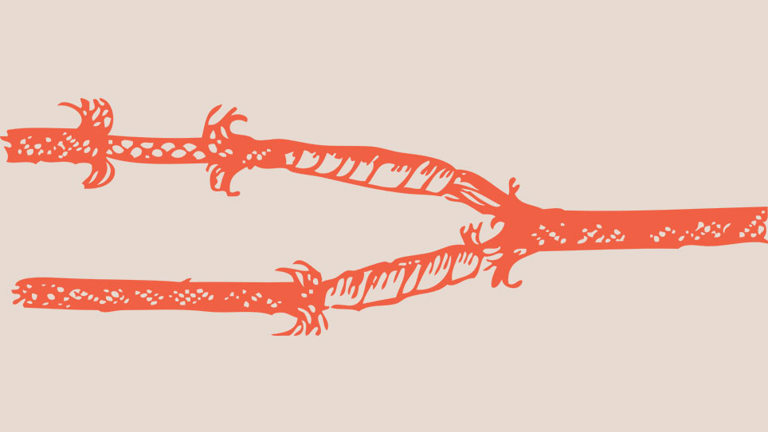They're the most important part of your car. After all, you wouldn't get very far without them. And although our tyres can't last forever, there are things you can do to prolong their life.
Here are 5 ways to make your tyres last longer.
1. Check your tyre pressure every month
Driving with the low pressure is one of the fastest ways to eat up your tyre's lifespan, not to mention it increases fuel consumption. Make it a priority to check your tyre pressure on a regular basis and inflate them according to your specific vehicle manufacturer's recommendations. This is usually printed on the vehicle door placard, or in your owner's manual. Ensure that you do not over-fill your tyres as this can cause uneven wear on the tread and poor traction.
2. Rotate them regularly
Whether or not you notice signs of wear and tear, your tyres should be rotated every 5,000 to 10,000 km respective of your driving habits. This is because your front and rear tyres do different jobs, so rotating them is necessary to even out wear and tear and to maximise tyre life.
3. Align them regularly
Similar to tyre rotation, your suspension alignment should be checked every 5,000 to 10,000 km. Proper alignment will ensure your tyres have the best possible contact with the road and won't wander or pull to one side when steering. By the same token, misalignment could lead to increased fuel consumption, uneven tyre wear and more dangerous consequences like difficulties maintaining control of the car. As best practice, schedule to have your tyres aligned every other oil change which is roughly every 6,000 km.
4. Avoid curbs at all costs
The next time you're tempted to drive over a curb to get to the turning lane faster, remind yourself that it's a bad idea. Each time you hit the curb, you cause damage to your tyres and increase your chances of causing fractures to the tyre sidewalls. Avoid hitting curbs by being spatially aware at all times and using your mirrors to park carefully.
5. Pay attention to road hazards
Hitting speed bumps and potholes, driving too fast, braking too soon and driving on rough roads can have a damaging effect to both your tyre side wall and your tyre pressure. Whilst sometimes these hazards are unavoidable, do your best to look ahead and scope out any roadworks so you can plan an alternate route. If you must drive over a pothole or speed bump, slow down as much as possible beforehand to minimise your risk of damage.



